The Monetary Policy Committee (MPC) met on the 18th and 19th of July 2022, confronted with heightened macroeconomic uncertainties, broad based inflation across countries, and weakening global recovery associated with the ongoing Russian-Ukraine war, as well as backlash from a wide range of sanctions imposed on Russia. The Committee reviewed developments in the global and domestic economies in the second quarter of 2022 and the outlook for the rest of the year. Majorly, these developments include the unabated rise in global inflation, driven by the disruptions to the global supply chain; tightening global financial conditions as several advanced economies pursue an aggressive regime of monetary policy normalization; declining global trade; and growing risks to financial stability, associated with the burgeoning global private and public debt profile.
Eleven (11) members of the Committee attended this meeting.
Global Economic Developments
The Committee noted with concern, the downtrend in global recovery, aggravated by supply chain disruptions as a result of the Russia-Ukraine conflict and the spillbacks and spillovers from sanctions imposed on Russia by the US and its allies. This has resulted in an unprecedented rise and widespread global inflation which is exacerbating downward pressure on the fragile recovery of the global economy. In addition, lingering headwinds associated with the COVID-19 pandemic are constraining the smooth functioning of the global supply chain. The rising risk of tightening global financial conditions, implies that developing economies now face the risk of constrained access to global capital which would further depress growth in this group of economies. This is expected to result in increased financial vulnerabilities due to the huge volume of corporate and public debt accumulated in the wake of the sharp downturn driven by the COVID-19 lockdown. In the light of these developments, the key risk confronting the global economy is that of a recession which may crystalize as second quarter growth figures for major advanced and developing economies begin to emerge. Consequently, the International Monetary Fund (IMF) in its April 2022 World Economic Outlook (WEO), downgraded its global output growth forecast for 2022 and 2023 to 3.6 per cent apiece from 4.4 and 3.8 per cent, respectively, with the likelihood of a further downgrade, given the continued deterioration in output growth.
Inflation in several advanced economies pushed higher and further away from the long-run objectives of their central banks, reflecting the sustained increase in the price of food, energy, and other commodities due to the harsh combination of persisting supply chain disruptions and pent-up demand. In the Emerging Markets and Developing Economies (EMDEs), inflation is also on the rise, compounded by legacy structural challenges as well as heightened exchange rate pressures, driven by rising capital flow reversals in addition to the outlined shocks from the global economy.
In the financial markets, available data suggests that investors are now rebalancing their portfolios away from gold and equities to fixed income securities, to take advantage of rising yields in the advanced economies as major central banks progress with interest rate hike. Consequently, the tightening of global financial conditions is expected to heighten investment and debt default risks, leading to the likelihood of a broad economic slowdown.
Domestic Economic Developments
According to the National Bureau of Statistics (NBS), Real Gross Domestic Product (GDP) grew by 3.11 per cent (year-on-year) in the first quarter of 2022, compared with 3.98 per cent in the fourth quarter of 2021 and 0.51 per cent in the corresponding period of 2021. The economy has thus grown for six consecutive quarters, following its exit from recession in 2020. This consistent positive performance was driven largely by the continuous growth in the non-oil sector, specifically, in the services and agriculture subsectors; ongoing policy support post-COVID lockdown; and the base effect from the corresponding period.
Staff projection showed that the economy is expected to remain on a path of sustained positive growth observed in the last few quarters. The Committee also noted that both the Manufacturing and Non-Manufacturing Purchasing Managers’ Indices (PMIs) increased above the 50-index point benchmark to 51.1 and 50.3 index points in June 2022, compared with 48.9 and 49.9 index points, respectively, in May 2022. This reflects the continued rebound in economic activities due to improvements in supplier delivery time; raw materials inventory; employment levels as well as expansion in some sectors such as agriculture, accommodation, electricity, amongst others.
The Committee noted with concern the persisting uptick in headline inflation (year-on-year) to 18.60 per cent in June 2022 from 17.71 per cent in May 2022, an 89-basis point increase in just one month. This continued increase in inflation was driven by increases in both the core and food components to 15.75 and 20.60 per cent in June 2022. The considerable rise in core inflation resulted largely from the rising cost of production due to high energy prices associated with the persistent disruptions to power supply, hike in electricity tariff, continued scarcity of Premium Motor Spirit (PMS), and rising price of Automotive Gas Oil (AGO). The increase in the food component was, however, driven by shocks to food prices associated with continued insecurity in food producing areas and along major access routes across the country; the continued impact of the war in Ukraine on the supply of fertilizer inputs, wheat and other grains; exchange rate pressures; and the impact of monetary policy normalization on capital flows away from emerging markets. The Committee, however, expressed confidence in the Bank’s sustained intervention programmes, noting that inflation is expected to abate as food supply improves and the fiscal authority sustain its efforts to tame the legacy structural challenges which put upward pressure on domestic price levels. Members, therefore, urged the fiscal authority to expand and sustain its support for all the recently deployed stimuli to the real sector of the economy.
The MPC noted that broad money supply (M3) rose significantly to 11.52 per cent in June 2022, compared with 10.86 per cent in May 2022. This was largely driven by the growth in Net Domestic Assets (NDA) of 18.02 per cent in June 2022, compared with 17.37 per cent in the previous month. The sustained growth in Net Domestic Assets (NDA) was attributed to the increase in claims on the Federal Government and other sectors (public nonfinancial corporations, private sector, and state and local governments).
Money market rates oscillated within the asymmetric corridor, reflecting prevailing liquidity conditions in the banking system. Consequently, the monthly weighted average Open Buy Back (OBB) and Inter-bank Call rates increased in June 2022 to 10.89 and 11.10 per cent, from 9.39 and 8.38 per cent in May, respectively. The increase in both the Open Buy Back (OBB) and Inter-bank Call rates reflected the tight liquidity conditions in the banking system.
The Capital Adequacy Ratio (CAR) and the Liquidity Ratio (LR) both remained above their prudential limits at 14.1 and 42.6 per cent, respectively in June 2022. The Committee, noted the reduction in the Non-Performing Loans (NPLs) ratio to 4.95 per cent in June 2022, compared with 5.7 per cent in June 2021. The MPC, thus, urged the Bank to sustain its tight prudential regime to ensure that the NPLs ratio is brought well below its prudential benchmark.
The MPC noted the very moderate decline in the performance of the equities market in the review period, as the All-Share Index (ASI) and Market Capitalization (MC) moderated to 51,817.59 and N27.94 trillion on June 30, 2022, from 52,990.78 and N28.56 trillion on May 31, 2022, respectively. The market, however, remains resilient, reflecting continued confidence in the Nigerian economy, as both the monetary and fiscal authorities work assiduously to improve macroeconomic fundamentals in Nigeria.
The Committee noted the marginal increase of 1.61 per cent in the level of external reserves to US$39.22 billion at end-June 2022 from US$38.60 billion at end-May 2022 due to the increase in inflows from non-oil sources.
The Committee reviewed the performance of the Bank’s intervention programmes targeted at stimulating productivity in agriculture, manufacturing/industries, energy/infrastructure, healthcare, exports and micro, small & medium enterprises (MSMEs). Between May and June 2022, under the Anchor Borrowers’ Programme (ABP), the Bank released the sum of N3.62 billion, as disbursements to 12 projects for the cultivation of rice, wheat, and maize, bringing the cumulative disbursement under the Programme to N1.01 trillion, to over 4.21 million smallholder farmers cultivating 21 commodities across the country. The Bank also disbursed N3.72 billion to finance three (3) large-scale agricultural projects under the Commercial Agriculture Credit Scheme (CACS). These disbursements brought the cumulative disbursements under this Scheme to N744.32 billion for 678 projects in agro-production and agro-processing.
As part of its effort to support the manufacturing sector, the CBN disbursed the sum of N113.08 billion to 19 new projects under the Real Sector Facility. The funds were utilized for both greenfield and brownfield projects under the COVID-19 Intervention for the Manufacturing Sector (CIMS) and the Real Sector Support Facility from Differentiated Cash Reserve Requirement (RSSF-DCRR). Cumulative disbursements under the Real Sector Facility currently stands at N2.183 trillion for the financing of 414 real sector projects across the country. Furthermore, under the 100 for 100 Policy on Production and Productivity, the Bank has released N9.98 billion for five (5) projects, bringing the cumulative disbursements under the intervention to N68.13 billion for 48 projects, comprising twenty-six (26) in manufacturing, seventeen (17) in agriculture, three (3) in healthcare and two (2) in the services sector.
In the healthcare sector, the Bank disbursed N4.44 billion to three (3) healthcare projects under the Healthcare Sector Intervention Facility (HSIF), bringing the cumulative disbursements to N133.42 billion for 129 projects, comprising seventy-six (76) hospitals, thirty-two (32) pharmaceuticals and twenty-one (21) other healthcare services. To further expand the nation’s non-oil export basket under the Export Facilitation Initiative (EFI), the Bank released the sum of N36.00 billion for five (5) projects in domestic production and value addition of cocoa and sesame seeds towards improving non-oil foreign currency revenue.
To improve electricity supply in order to lower the overall cost of production in the real sector, the Bank also intervened in the power sector to facilitate the deployment of enabling infrastructure. Summarily, the sum of N2.53 billion was disbursed to Distribution Companies (DisCos) for their Operational Expenditure (OpEx) and Capital Expenditure (CapEx), under the Nigeria Electricity Market Stabilization Facility – Phase 2 (NEMSF-2). Cumulative disbursement under the NEMSF-2 currently stands at N254.46 billion. Under the National Mass Metering Programme (NMMP), the Bank disbursed N47.82 billion for the procurement and installation of 865,956 meters across the country.
Outlook
The broad outlook for both the global and domestic economies in the medium-term remain clouded with uncertainties associated with headwinds, such as the substantial disruptions to the supply chain, the Russian-Ukraine war and the lingering impact of the COVID-19 pandemic. Others include the rising level of corporate and public debt in the Advanced Economies and Emerging Market and Developing Economies; as well as the broad shocks to foreign capital flows driven by the aggressive normalization of monetary policy in some of the Advanced Economies.
On the domestic front, available data on key macroeconomic variables indicate the likelihood of a subdued output growth for the Nigerian economy in 2022. This is hinged on ongoing and expected shocks from the global economy, particularly from supply blockages of essential exports from both Russia and Ukraine; the impact of high crude oil prices, given Nigeria’s position as an oil exporter and importer of refined petroleum products; and the aggressive normalization by some Advanced Economies. Accordingly, the Nigerian economy is forecast to grow in 2022 by 3.33 per cent (CBN), 4.20 per cent (FGN) and 3.40 per cent (IMF).
The Committee’s Considerations
The Committee assessed the impact of emerging external shocks and legacy issues on price development and the recovery of output growth in the short to medium term. Members further noted the continued effort by both the monetary and fiscal authorities to dampen price pressures and sustain the recovery of output growth.
In the opinion of Members, the major external shocks to the economy remained those associated with the supply constraints arising from the Russia-Ukraine war and backlash from sanctions imposed on Russia; residual impact of the COVID-19 pandemic; and tightening external financial conditions, following the aggressive normalization of monetary policy by some advanced economy central banks. On the domestic scene, Members assessed the impact of the continued upsurge in money supply resulting from the increased demand for money, associated with election spending and increase in month-on-month inflation between May and June 2022. In addition, the Committee assessed the continued impact of rising insecurity, the rising cost of Automotive Gas Oil (AGO), and the persisting upward pressure on other energy prices on the general price level.
The MPC noted that the current upsurge in price levels remains a primary concern to monetary policy as Members focused on the optimal policy approach required to address this development while protecting the fragile recovery. The Committee clearly identified that inflationary pressure was being driven by both demand and supply-side factors, which should be addressed using different policy approaches. In the Committee’s view, the demand-side factors were being broadly addressed by the Bank, using the relevant direct and indirect instruments. On the supply side, the Bank has continued to provide the necessary support, through its development finance initiatives in the real sector, to ease supply constraints. The Committee called on the Federal Government to prioritize efforts to curb the menace of insecurity to enable farming and other business activities return to normalcy. The MPC thus called on the Bank to continue its support to increase food supply in a bid to addressing food inflation. Members also noted the upward price pressure, particularly on transportation, resulting from the prolonged scarcity of Premium Motor Spirit (PMS) and called on the Federal Government to seek a long-term and viable solution to strike a balance between the pricing and supply of PMS in Nigeria.
The Committee appraised the continued recovery of output growth, noting that despite the obvious external and internal headwinds, the recovery has remained resilient with hopes of a stronger medium-term recovery. This is however, hinged on the continued support by the Bank and the Federal government to ensure that recent economic gains are sustained.
The MPC welcomed the Bank’s concerted efforts towards ensuring exchange rate stability, noting the current difficulties associated with managing the stream of external shocks impacting the economy. The Committee applauded the performance of the RT200 and similar initiatives targeted at improving accretion to reserves and stabilizing the exchange rate. The MPC noted that foreign exchange inflow through the RT200 FX Programme in Q1 and Q2, 2022, had increased substantially to approximately US$600 million as at June 2022. Members also noted the increase in Diaspora remittances as a result of the Naira for Dollar incentive and urged the Bank not to relent in its efforts to encourage foreign exchange inflow to the economy.
The Committee noted the Federal Government’s increasing debt profile and expressed concerns over debt sustainability given that global uncertainties remain elevated. The MPC thus reiterated its call to the Federal Government to urgently diversify its revenue sources through various initiatives, such as, the development of a viable tax framework for the extractive and mineral export industries, to strengthen its fiscal buffers.
Despite the apparent headwinds confronting the economy, the MPC noted that the banking system remained robust given the continued decline in NPLs below the prudential threshold and enjoined the Bank to sustain the trend by maintaining its vigorous surveillance to ensure continued resilience of the banking industry.
The Committee’s Decision
The MPC noted with concern the continued aggressive movement in inflation, even after the rate hike at its last meeting, and expressed its unrelenting resolve to restore price stability while providing the necessary support to strengthen the fragile recovery.
As regards the decision as to whether to tighten, loose or hold, Members were unanimous and so did not consider both loosening and retaining rates at existing levels at this meeting. This is because on loosening, the MPC felt it could worsen the existing liquidity condition in the economy and further dampen money market rate, necessary to stimulate savings and investment. Members also felt that loosening would trigger the weakening of the exchange rate which could pass through to domestic prices.
The MPC did not also consider retaining the policy rate because a hold stance may suggest that the Bank is not responding sufficiently, to both the global and domestic price development, as inflation numbers continue to trend aggressively upwards.
As regards tightening policy stance, Members were unanimous that given the aggressive increase in inflation, coupled with the resultant negative consequences, particularly on the purchasing power of the poor, as well as retarding growth, there is the need to continue to tighten. However, the policy dilemma was hinged around the level of tightening needed to rein-in inflation, without dampening manufacturing output, which could result from the higher cost of borrowing.
Aside from narrowing the negative real interest rate gap, Members were also of the view that tightening would signal a strong determination of the Bank to aggressively address its price stability mandate and portray the MPC’s sensitivity to the impact of inflation on vulnerable households and the need to improve their disposable income.
Members also noted that the 150 basis points hike by the Committee in May 2022, had not permeated enough in the economy to halt the rising trend in inflation and noted that the month-on-month percentage point increase in headline inflation rose sharply in June 2022 compared with May 2022. The MPC also noted that other complementary administrative measures deployed by the Bank to address the growth in money supply did not moderate the inflationary trend.
Addressing the balance of policy objectives and developments in the global and domestic environment, the Committee resolved that the most rational policy option would be to further strengthen its tightening stance in order to effectively curtail the unabated rising trend of inflation. Members were conscious of the fact that output growth remained fragile, however, not curtailing inflation now could erode the moderate gains achieved in improving consumer purchasing power and thus worsen poverty level for the vulnerable populace. To ensure that output still remains in focus, the MPC advised the Bank’s Management to continue to use its development finance tools to support the agricultural and manufacturing sectors.
The Committee thus voted unanimously to raise the Monetary Policy Rate (MPR). One member voted to increase the MPR by 150 basis points, six members by 100 basis points, one member by 75 basis points and three members by 50 basis points. Consequently, the Committee resolved to increase the MPR by 100 basis points from 13.0 per cent to 14.0 per cent.
In summary, the MPC voted to:
I. Increase the MPR from 13.0 to 14.0 per cent;
II. Retain the asymmetric corridor at +100/-700 basis points around the MPR;
III. Retain the CRR at 27.5 per cent; and
IV. Retain the Liquidity Ratio at 30 per cent.
I thank you for your attention.
Godwin I. Emefiele
Governor, Central Bank of Nigeria
19th July, 2022
 Lagos, NG • GMT +1
Lagos, NG • GMT +1











 440 views
440 views
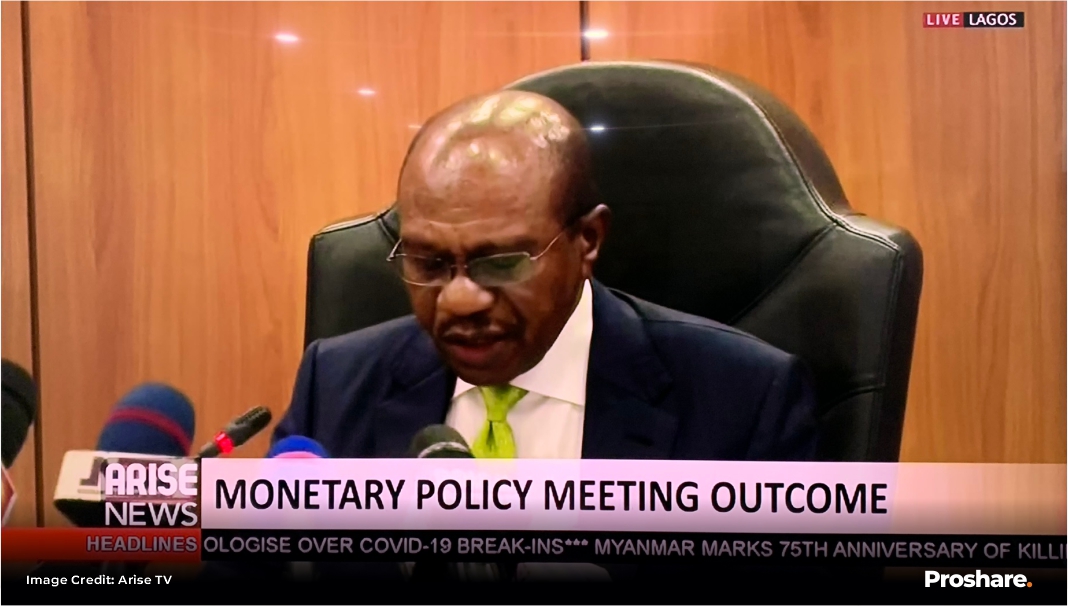


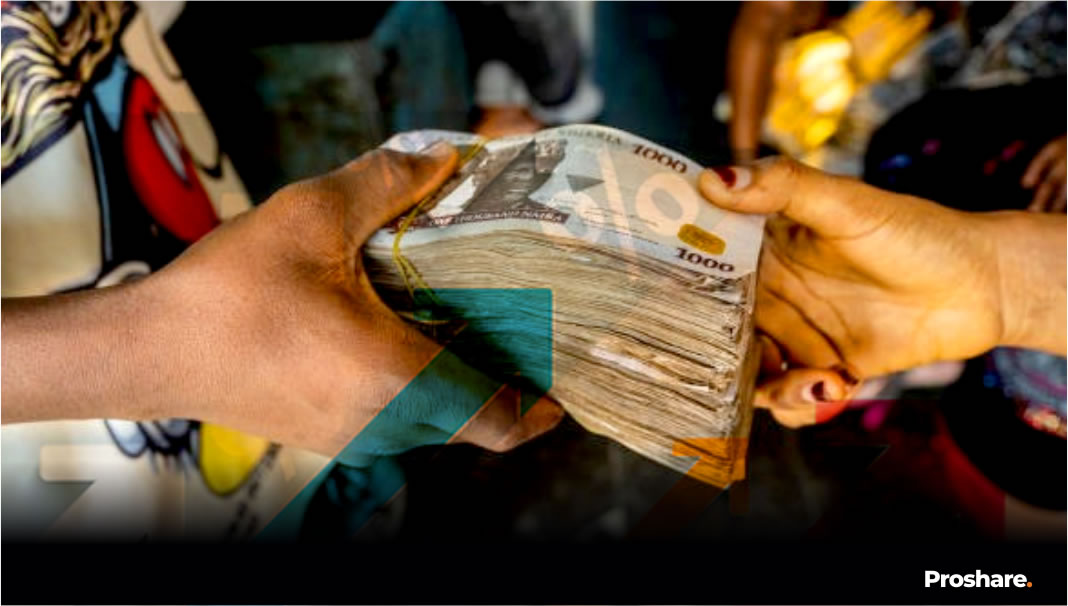
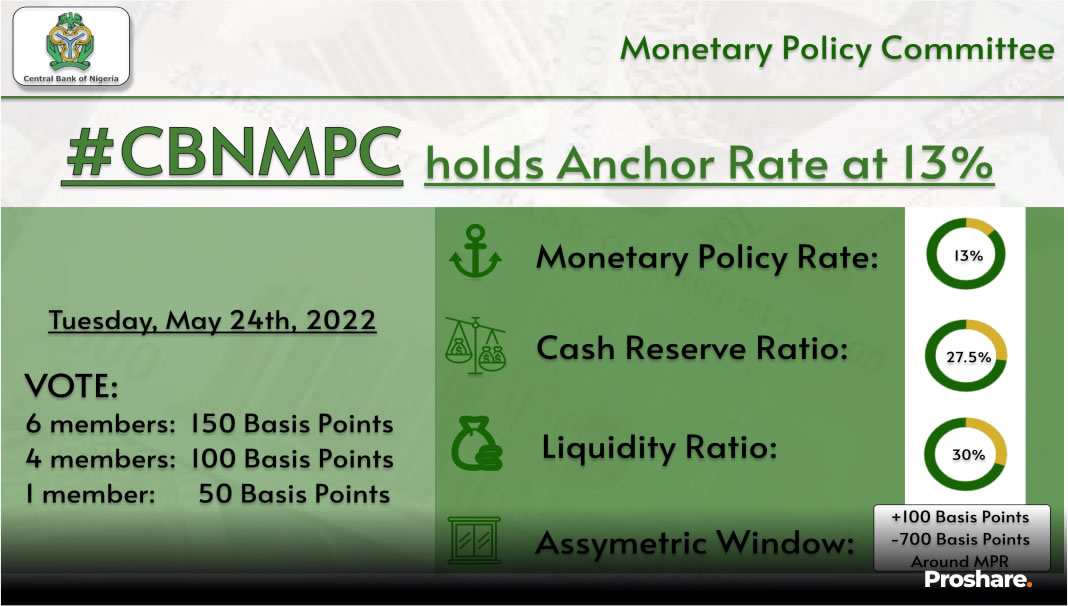
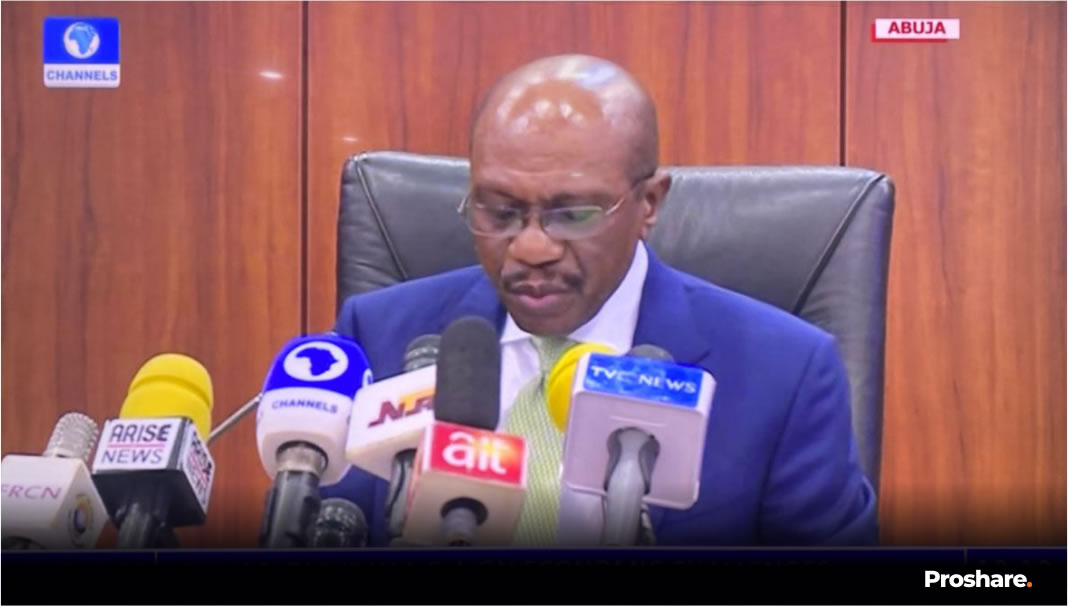

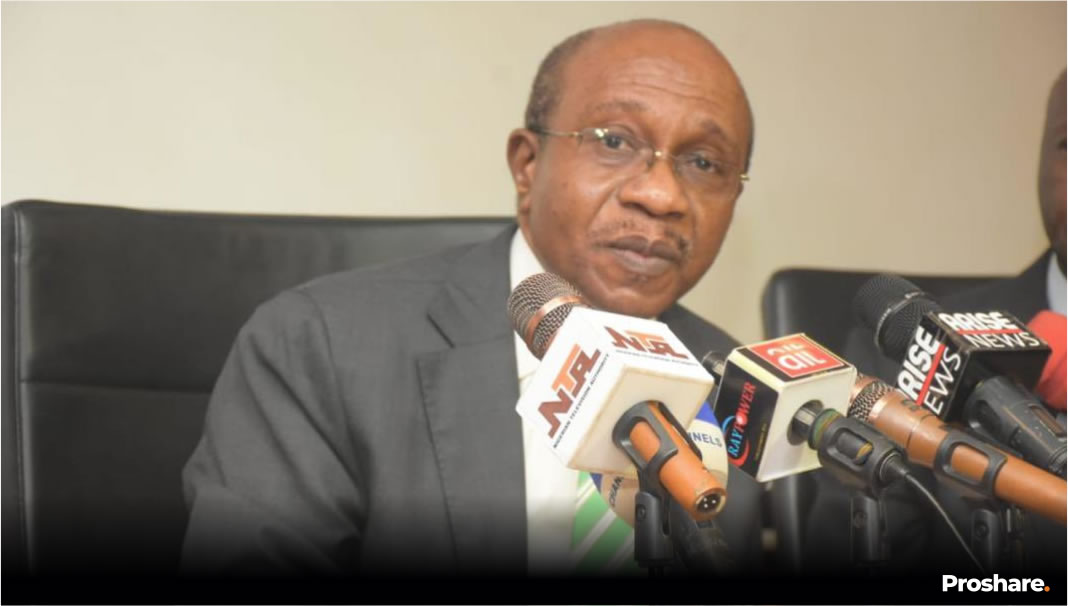

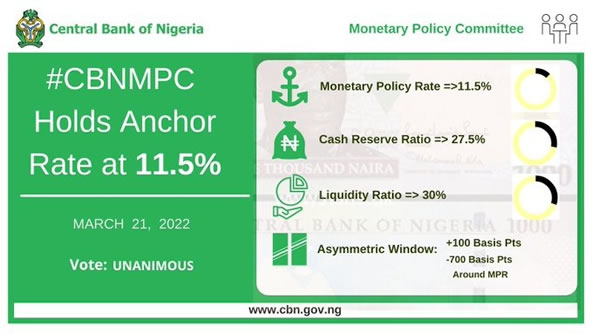
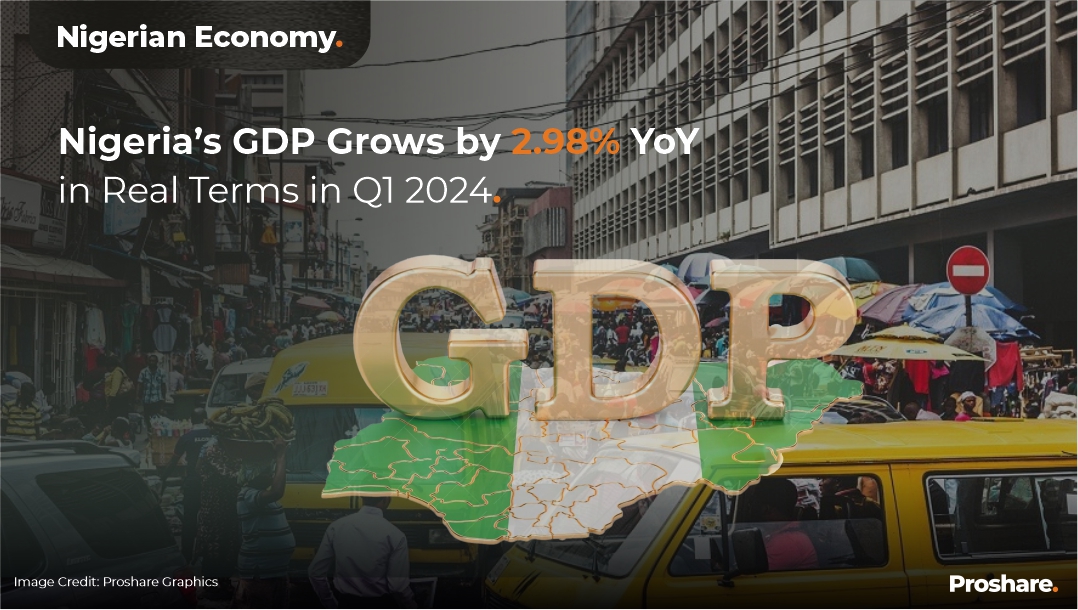




 Sponsored Ad
Sponsored Ad
 Advertise with Us
Advertise with Us









